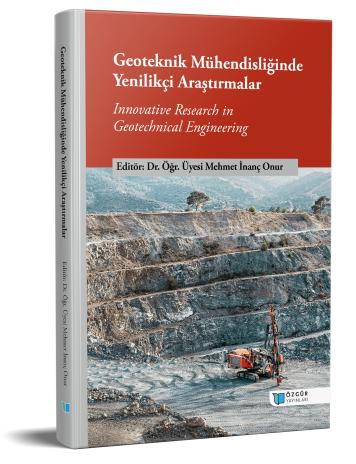
Improving the Engineering Properties of Soils Using Natural and Synthetic Fibers
Chapter from the book:
Onur,
M.
İ.
(ed.)
2023.
Innovative Research in Geotechnical Engineering.
Synopsis
Soils with low bearing capacity exist in many parts of the world. Soil reinforcement is a technique to improve the engineering properties of such soils. For this purpose, natural and synthetic fibers have recently become widespread due to their sufficient strength, low cost and easy availability. Reinforcing soils with fibers is used in various applications such as building steep slopes, repairing slope damage and strengthening road subgrades. Hence, soils reinforced with natural and synthetic fibers have recently received increasing attention in geotechnical engineering, and many studies have been performed to understand the effects of fibers in soil-fiber mixtures. Therefore, the main aim of this research is to carry out a comprehensive literature research about the effects of parameters such as fiber type, physical and mechanical properties, quantity, length and surface roughness on the engineering properties of different types of soils by reviewing these studies on the reinforcement of soils using natural and synthetic fibers. Additionally, this study aims to discuss the history, benefits, and applications of using natural and synthetic fibers in soil reinforcement. A review of previous studies shows that reinforcing soils with fibers is an effective and low-cost soil stabilization technique. When the literature is examined, it is seen that the addition of natural and synthetic fibers increases the California bearing ratio (CBR) and unconfined compressive strength values. In addition, using fiber reduces the plasticity index of the soil and its volume change. As a result, this literature study will help geotechnical and transportation engineers to stabilize weak-bearing soils using natural and synthetic fibers.

